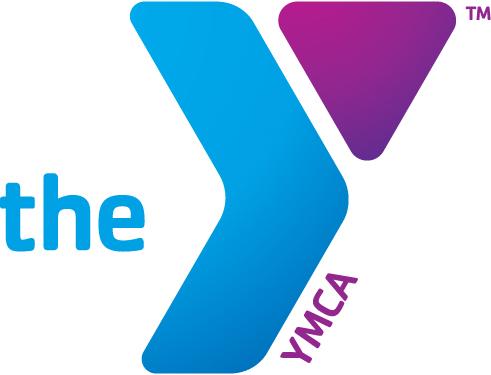Whether you’re a small business owner, a corporate human resources manager, or a front-line supervisor, promoting physical activity on the job makes sense. More opportunities for physical activity at work leads to healthier employees, stronger job performance, and a boost to the business bottom line via decreased health care costs and improved productivity.
A Happier, Healthier Workforce
Physical activity is a natural mood elevator — studies show it relieves mild anxiety and depression, improves energy, and increases a general sense of well-being. It’s not a big stretch to suggest that the extent to which workers are physically active on and off the job affects company morale. And supporting worker exercise efforts sends a strong message of support to employees — which in turn can positively affect job satisfaction, retention, and recruitment. In addition, employees who exercise regularly have a lower risk of heart disease, stroke, obesity, diabetes, musculoskeletal problems, and some cancers — big health care cost drivers for most companies.
First Things First
According to health promotion experts, organization-level commitment to focus on employee health as a corporate goal is one the most influential and cost-effective changes to implement. When leaders regularly communicate the importance of employee health and well-being — and walk the talk — it becomes part of the corporate identity. Implementing a workplace physical activity policy drives home the value of this lifestyle behavior to the corporate mission — and outlines a framework describing how workplace physical activity will be promoted. Formalizing a policy also sets an expectation for management support — just like other business initiatives. Adopting a new habit of physical activity is hard work — but support from leadership can make it more practical and more likely.
To get started, review sample workplace physical activity policies available online and adapt them to your company’s needs and existing policy format. Invite input from stakeholders such as human resources, employee relations, safety, ergonomics, and employee health representatives.
Integration Is Key
Focusing on increasing the physical activity of your workforce is a good start — but successful corporate health promotion initiatives target a variety of health behaviors —like tobacco use, drug and alcohol abuse, nutrition habits, and becoming a savvy health care consumer. The impact of these interventions is optimized when health benefit providers get involved. A 24-hour nurse advice line or employee assistance program, for example, could help promote an onsite walking program when employees call in with health issues. Coordinating with vendors to send consistent messages is essential for increasing participation in any workplace health promotion offering — including physical activity.
12 Ways to Promote Physical Activity at Work
Even if your corporate culture isn’t quite ready for a workplace physical activity policy, you can get things moving in the right direction with these ideas:
- Conduct a workplace walkability assessment to ensure a safe and pleasant environment for walking.
- Offer secure bicycle storage and showers for employees who actively commute.
- Implement flexible scheduling where feasible —making it easier for employees to carve out time for exercise while juggling work and home responsibilities.
- Make stairwells more appealing with paint, artwork, and motivational signage.
- Purchase a corporate membership with the Y; low-cost membership benefits are sometimes available through medical benefit vendors.
- Encourage workers to take brief, 2-3-minute fitness breaks throughout the day for brisk walking, stretching, or stair climbing.
- Offer free or reduced-cost pedometers to employees. Run a simple steps-per-week team competition to drum up peer support for increasing daily steps. No money? Invite your health benefit vendors or local businesses to sponsor this purchase in exchange for co-branding.
- Sponsor or promote employee participation in community events like 5K or 10K runs, basketball leagues, or charity walk-a-thons.
- Organize lunchtime walking, running, bicycling, or yoga groups.
- Encourage walking 1:1 meetings.
- Make standing or pacing vs. sitting at long meetings an acceptable option.
- Encourage workers to be active at their workstations as much as possible — by stretching, standing while on the phone, or pumping out a few desk pushups while viewing a web conference.
A Smart Business Move
Employees spend a significant amount of time at work. Businesses already have a significant investment in each worker in terms of hiring, training, compensation, and benefits packages. Driving a culture of physical activity helps protect that investment — and maximize the returns in cost savings, cost avoidance, productivity, and human capital.






